Ali H. Nayfeh0471399175, 978-0-471-3991-7-9
Table of contents :
Perturbation Methods……Page 2
CONTENTS……Page 10
1.1. Parameter Perturbations……Page 16
1.1.1. An Algebraic Equation……Page 17
1.1.2. The van der Pol Oscillator……Page 18
1.2. Coordinate Perturbations……Page 19
1.2.1. The Bessel Equation of Zeroth Order……Page 20
1.2.2. A Simple Example……Page 21
1.3. Order Symbols and Gauge Functions……Page 22
1.4.1 . Asymptotic Series……Page 24
1.4.2. Asymptotic Expansions……Page 27
1.4.3. Uniqueness of Asymptotic Expansions……Page 29
1.5. Convergent versus Asymptotic Series……Page 30
1.6. Nonuniform Expansions……Page 31
1.7. Elementary Operations on Asymptotic Expansions……Page 33
Exercises……Page 34
2. Straightforward Expansions and Sources of Nonuniformity……Page 38
2.1.1.The Duffing Equation……Page 39
2.1.2. A Model for Weak Nonlinear Instability……Page 40
2.1.3. Supersonic Flow Past a Thin Airfoil……Page 41
2.1.4. Small Reynolds Number FIow Past a Sphere……Page 43
2.2.1. A Second-Order Example……Page 46
2.2.2. High Reynolds Number Flow Past a Body……Page 48
2.2.3. Relaxation Oscillations……Page 49
2.2.4. Unsymmetrical Bending of Prestressed Annular Plates……Page 50
2.3. Type Change of a Partial Differential Equation……Page 52
2.3.2. Long Waves on Liquids Flowing down Incline Planes……Page 53
2.4.1. Shift in Singularity……Page 57
2.4.2. The Earth-Moon-Spaceship Problem……Page 58
2.4.3. Thermoelastic Surface Waves……Page 60
2.4.4. Turning Point Problems……Page 63
2.5. The Role of Coordinate Systems……Page 64
Exercises……Page 67
3. The Method of Strained Coordinates……Page 71
3.1.1. The Lindstedt-Poincaré Method……Page 73
3.1.2. Transition Curves for the Mathieu quation……Page 75
3.1.3. Characteristic Exponents for the Mathieu Equation (Whittaker’s Method)……Page 77
3.1.4. The Stability of the Triangular Points in the Elliptic Restricted Problem of Three Bodies……Page 79
3.1.5. Characteristic Exponents for the Triangular Points in the Elliptic Restricted Problem of Three Bodies……Page 81
3.1.6. A Simple Linear Eigenvalue Problem……Page 83
3.1.7. A Quasi-Linear Eigenvalue Problem……Page 86
3.1.8. The Quasi-Linear Klein-Gordon Equation……Page 91
3.2. Lighthill’s Technique……Page 92
3.2.1. A First-Order Differential Equation……Page 94
3.2.2. The One-Dimensional Earth-Moon-Spaceship Problem……Page 97
3.2.3. A Solid Cylinder Expanding Uniformly in Still Air……Page 98
3.2.4. Supersonic Flow Past a Thin Airfoil……Page 101
3.2.5. Expansions by Using Exact Characteristics – Nonlinear Elastic Waves……Page 104
3.3. Temple’s Technique……Page 109
3.4.1. The Duffing Equation……Page 110
3.4.2. A Model for Weak Nonlinear Instability……Page 111
3.4.3. Supersonic Flow Past a Thin Airfoil……Page 112
3.5. Limitations of the Method of Strained Coordinates……Page 113
3.5.1. A Model for Weak Nonlinear Instability……Page 114
3.5.2. A Small Parameter Multiplying the Highest Derivative……Page 115
3.5.3. The Earth-Moon-Spaceship Problem……Page 117
Exercises……Page 118
4. The Methods of Matched and Composite Asymptotic Expansions……Page 125
4.1.1 . Introduction – Prandtl’s Technique……Page 126
4.1.2. Higher Approximations and Refined Matching Procedures……Page 129
4.1.3. A Second-Order Equation with Variable Coefficients……Page 137
4.1.4. Reynolds’ Equation for a Slider Bearing……Page 140
4.1.5. Unsymmetrical Bending of Prestressed Annular Plates……Page 143
4.1.6. Thermoelastic Surface Waves……Page 148
4.1.7. The Earth-Moon-Spaceship Problem……Page 152
4.1.8. Small Reynolds Number Flow Past a Sphere……Page 154
4.2. The Method of Composite Expansions……Page 159
4.2. 1. A Second-Order Equation with Constant Coefficients……Page 160
4.2.2. A Second-Order Equation with Variable Coefficients……Page 163
4.2.3. An Initial Value Problem for the Heat Equation……Page 165
4.2.4. Limitations of the Method of Composite Expansions……Page 168
Exercises……Page 169
5.1. Variation of Parameters……Page 174
5.1.1. Time- Dependent Solutions of the Schrödinger Equation……Page 175
5.1.2. A Nonlinear Stability Example……Page 177
5.2.1. Van der Pol’s Technique……Page 179
5.2.2. The Krylov-Bogoliubov Technique……Page 180
5.2.3. The Generalized Method of Averaging……Page 183
5.3. Struble’s Technique……Page 186
5.4. The Krylov–Bogoliubov–Mitropolski Technique……Page 189
5.4.1. The Duffing Equation……Page 190
5.4.2. The van der Pol Oscillator……Page 191
5.4.3. The Klein-Gordon Equation……Page 193
5.5. The Method of Averaging by Using Canonical Variables……Page 194
5.5.1. The Duffing Equation……Page 197
5.5.2. The Mathieu Equation……Page 198
5.5.3. A Swinging Spring……Page 200
5.6. Von Zeipel’s Procedure……Page 204
5.6.1 . The Dufing Equation……Page 207
5.6.2. The Mathieu Equation……Page 209
5.7. Averaging by Using the Lie Series and Transforms……Page 215
5.7. 1. The Lie Series and Transforms……Page 216
5.7.2. Generalized Algorithms……Page 217
5.7.3. Simplified General Algorithms……Page 221
5.7.4. A Procedure Outline……Page 223
5.7.5. Algorithms for Canonical Systems……Page 227
5.8. Averaging by Using Lagrangians……Page 231
5.8.1. A Model for Dispersive Waves……Page 232
5.8.2. A Model for Wave–Wave Interaction……Page 234
5.8.3. The Nonlinear Klein–Gordon Equation……Page 236
Exercises……Page 238
6.1. Description of the Method……Page 243
6.1.1. Many-Variable Version (The Derivatiue-Expansion Procedure)……Page 251
6.1.2. The Two-Variable Expansion Procedure……Page 255
6.1.3. Generalized Method—Nonlinear Scales……Page 256
6.2.1. The Duffing Equation……Page 258
6.2.2. The van der Pol Oscillator……Page 260
6.2.3. Forced Oscillations of the van der Pol Equation……Page 263
6.2.4. Parametric Resonances—The Mathieu Equation……Page 268
6.2.5. The van der Pol Oscillator with Delayed Amplitude Limiting……Page 272
6.2.6. The Stability of the Triangular Points in the Elliptic Restricted Problem of Three Bodies……Page 274
6.2.7. A Swinging Spring……Page 277
6.2.8. A Model for Weak Nonlinear Instability……Page 279
6.2.9. A Model for Wave-Wave Interaction……Page 281
6.2.10. Limitations of the Derivative-Expansion Method……Page 284
6.3.1. The Duffng Equation……Page 285
6.3.2. The van der Pol Oscillator……Page 287
6.3.4. Limitations of This Technique……Page 290
6.4.1. A Second-Order Equation with Variable Coefficients……Page 291
6.4.2. A General Second-Order Equation with Variable Coefficients……Page 295
6.4.3. A Linear Oscillator with a Slowly Varying Restoring Force……Page 297
6.4.4. An Example with a Turning Point……Page 299
6.4.5. The Duffing Equation with Slowly Varying Coeficients……Page 301
6.4.6. Reentry Dynamics……Page 306
6.4.7. The Earth-Moon-Spaceship Problem……Page 310
6.4.8. A Model for Dispersive Waves……Page 313
6.4.9. The Nonlinear Klein-Gordon Equation……Page 316
6.4.10. Advantages and Limitations of the Generalized Method……Page 317
Exercises……Page 318
7. Asymptotic Solutions of Linear Equations……Page 323
7. 1. 1. Expansions Near an Irregular Singularity……Page 324
7.1.2. An Expansion of the Zeroth-Order Bessel Function for Large Argument……Page 327
7.1.3. Liouville’s Problem……Page 329
7.1.4. Higher Approximations for Equations Containing a Large Parameter……Page 330
7.1 .5. A Small Parameter Multiplying the Highest Derivative……Page 332
7.1.6. Homogeneous Problems with Slowly Varying Coefficients……Page 333
7.1.7. Reentry Missile Dynamics……Page 335
7.1.8. Inhomogeneous Problems with Slowly Varying Coefficients……Page 336
7.1.9. Successive Liouville-Green (WKB) Approximations……Page 339
7.2. Systems of First-Order Ordinary Equations……Page 340
7.2.1. Expansions Near an Irregular Singular Point……Page 341
7.2.2. Asymptotic Partitioning of System of Equations……Page 342
7.2.3. Subnormal Solutions……Page 346
7.2.4. Systems Containing a Parameter……Page 347
7.2.5. Homogeneous Systems with Slowly Varying Cofficients……Page 348
7.3. Turning Point Problems……Page 350
7.3.1. The Method of Matched Asymptotic Expansions……Page 351
7.3.2. The Langer Transformation……Page 354
7.3.3. Problems with Two Turning Points……Page 357
7.3.4. Higher-Order Turning Point Problems……Page 360
7.3.5. Higher Approximations……Page 361
7.3.6. An Inhomogeneous Problem with a Simple Turning Point—First Approximation……Page 367
7.3.7. An Inhomogeneous Problem with a Simple Turning Point—Higher Approximations……Page 369
7.3.8. An Inhomogeneous Problem with a Second-Order Turning Point……Page 371
7.3.9. Turning Point Problems about Singularities……Page 373
7.4. Wave Equations……Page 375
7.4.1. The Born or Neumann Expansion and The Feynman Diagrams……Page 376
7.4.2. Renormalization Techniques……Page 382
7.4.3. Rytov’s Method……Page 388
7.4.4. A Geometrical Optics Approximation……Page 389
7.4.5. A Uniform Expansion at a Caustic……Page 392
7.4.6. The Method of Smoothing……Page 395
Exercises……Page 397
References and Author Index……Page 402
Subject Index……Page 432
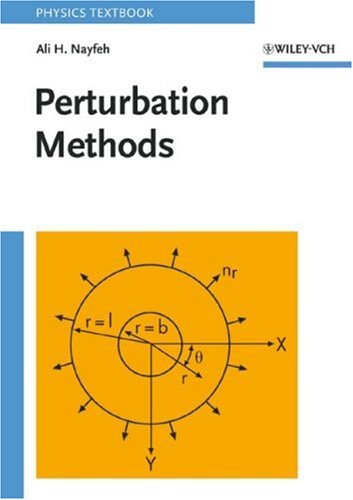
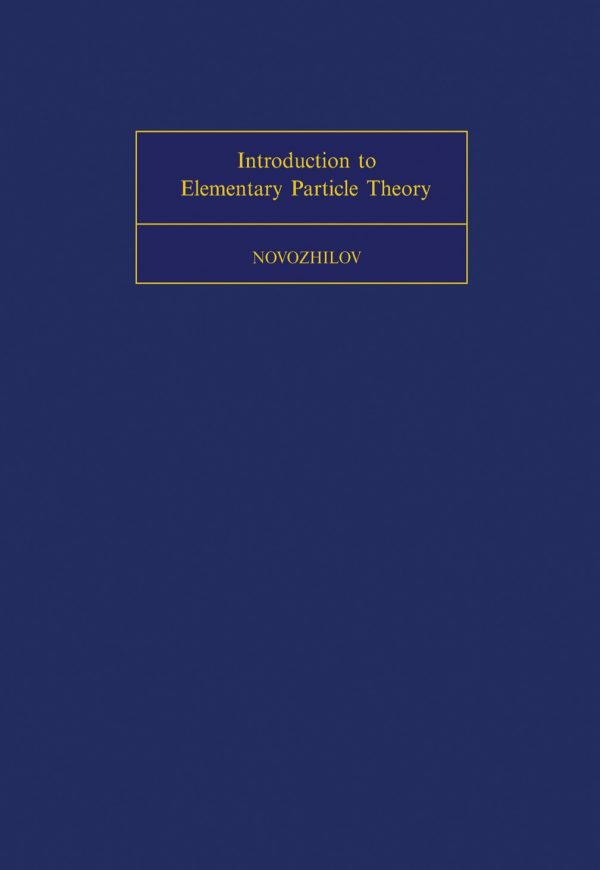
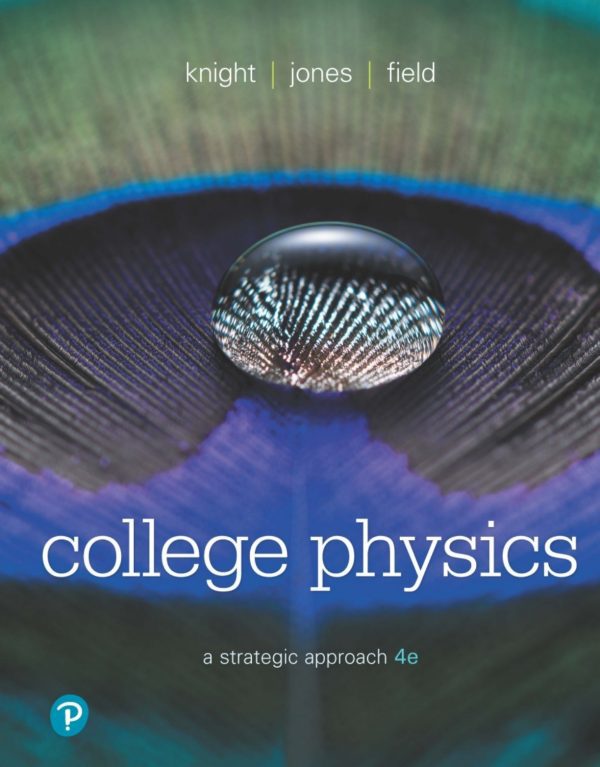
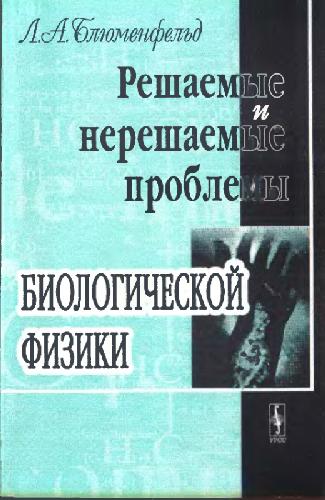
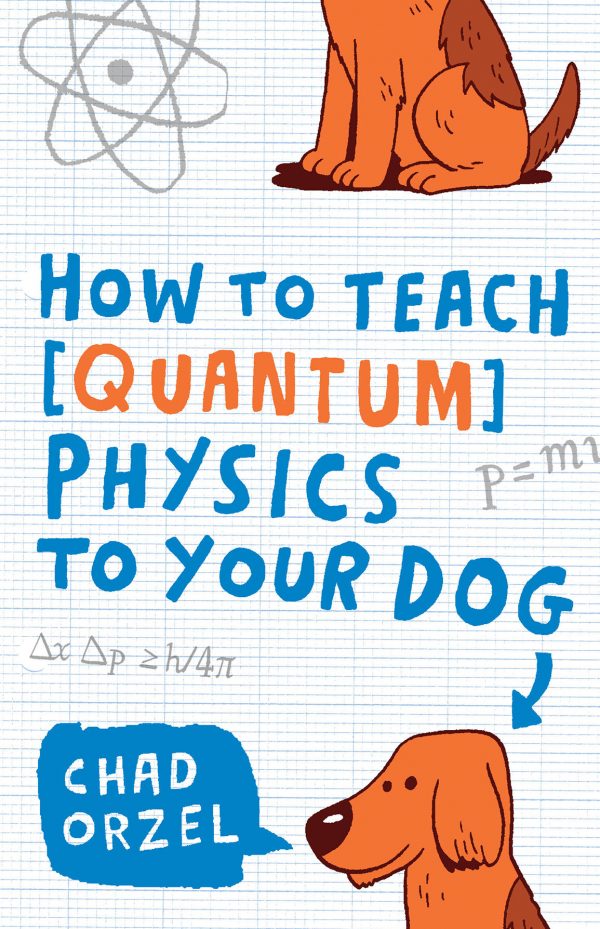
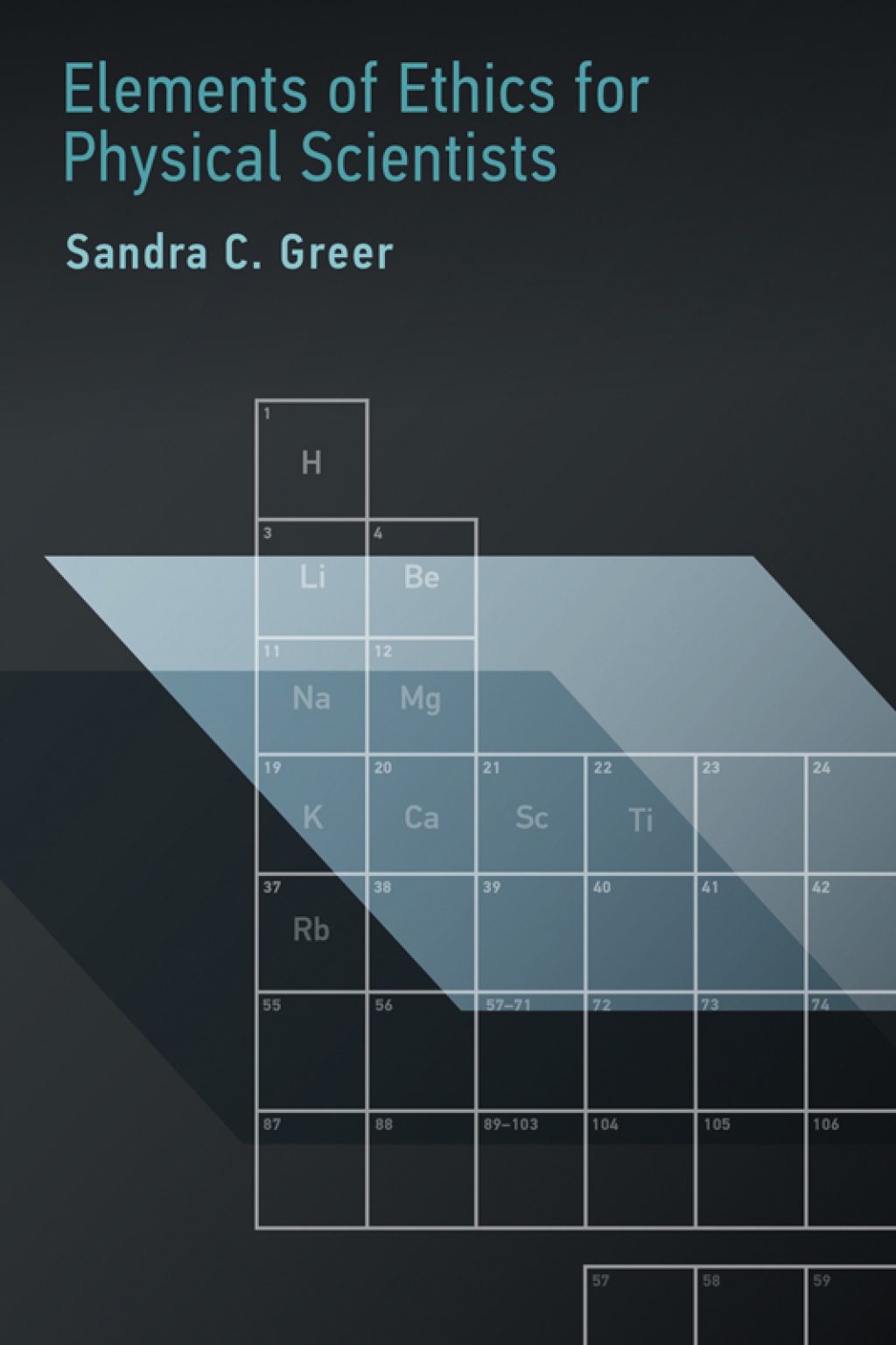
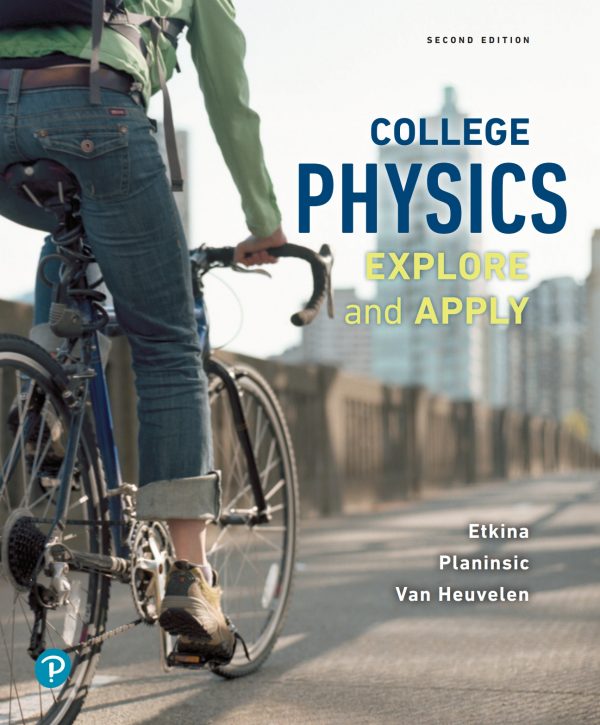
Reviews
There are no reviews yet.